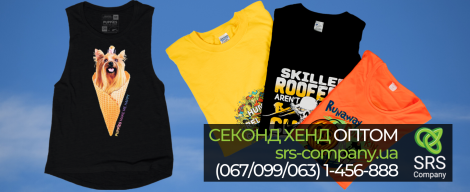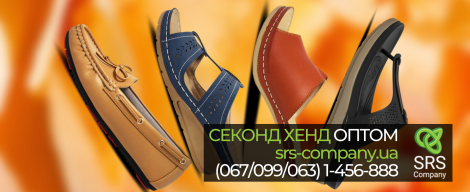 />
/>
A bit of history
At the end of the XVIII century, the Englishman Joseph William Foster made the first shoes with studded soles, so the history of sneakers began.
The next stage in the evolution of sneakers is considered to be the release in 1892 of the American Rubber Company of comfortable rubber shoes with fabric tops, which was called "sneakers" ("keds").
The first factory for the production of shoes for training athletes runners was opened by German businessmen brothers Dassler, and from the middle of the last century began the mass production of sports shoes for various sports. Since the 1950s, sneakers have gone beyond sports and have become a popular shoe for every day!
Today, casual street sneakers are very popular. They are distinguished by a low sole, a minimum of specialized technologies and a large variety of appearance. Sneakers have long been firmly entered into our lives: someone wears them daily, someone engages in sports, resting in nature, and someone uses them only for hiking or traveling. Today sneakers are not only sport and comfort, but also a stylish part of the image.
Types of sneakers:
Football shoes, football shoes: go with a studded sole, the number of thorns from 6 to 12 pieces, happens the sole is covered with a set of rubber small, soft thorns. Excellent grip on the lawn is the main purpose of such shoes. Sneakers for running on a football field must be spiked (they are called boots); for futsal running you need sneakers with a wide nose and a special depreciation system; for running on artificial turf needed sole type TURF.
Running sports shoes: Lightweight, soft, the toe allows the foot to wrinkle without tension, the heel provides excellent cushioning, and the lungs are barely felt when walking. Such sneakers are good for running and for everyday wear.
Basketball sports shoes: the sole of basketball sneakers is thick and massive, and the upper part is high, in order to avoid dislocations and sprains. Basketball sneakers should be very springy to withstand a lot of jumps, as well as abrupt stops and short runs.
Shoes for fitness: should be with a thin and flexible sole, the tread pattern should be small, the tread itself is quite soft. The height of the tops should be sufficient to ensure the fixation and protection of the ankle joint during sports. Universal sneakers with good fixation and air cushion are suitable for normal physical activity and for everyday use.
Footwear for tennis and volleyball. Since this sport is associated with constant shifts to the side, with active movement in a small trajectory, the shoes must have high stability, shock absorption and protection from injury. A distinctive feature of tennis sneakers is the flexibility of the sole and the zigzag-shaped protector to reduce slip on the court.
"Tracking" shoes: designed for tourism and hiking. Such shoes should have increased resistance to wear, high water resistance, shock-absorbing soles, ankle support and anti-slip inserts.
Skateboard skate shoes: must be with a completely flat sole made of vulcanized rubber or polyurethane in order for the grip to be maximum.
"Casual": a classic, simple, versatile sports shoes for every day, comfortable. As a rule, it does not have any special technologies, but it is very convenient and practical.
Roller sneakers: in this model of shoes you can not only walk, run, jump, but also ride, thanks to the roller wheel hidden in the heel part. This model was created by American Roger Adams in 2000.
_____________________________________________
At SRS Company you can purchase really high-quality items, including sneakers and other shoes, at a wide range, high quality, affordable prices.
_____________________________________________
Interesting Facts
The first prototypes of the sneakers were made not for the athletes, but for the police: these shoes made it possible to sneak up on the intruders unnoticed, for which they were nicknamed "sneakers".
The first of the designers to use sneakers during the show of his collection was Karl Lagerfeld. In the early 90s, the models that demonstrated the designer’s collection on the catwalk were shod in Reebok.
In the early 1990s, Nike launched the Reuse-A-Shoe project, during which old sneakers, assembled at special locations in many countries around the world, are converted into material for sports fields.
In 2011, Adidas introduced the lightest adiZero Crazy Light basketball shoes. The weight of this shoe was only 278 grams.



